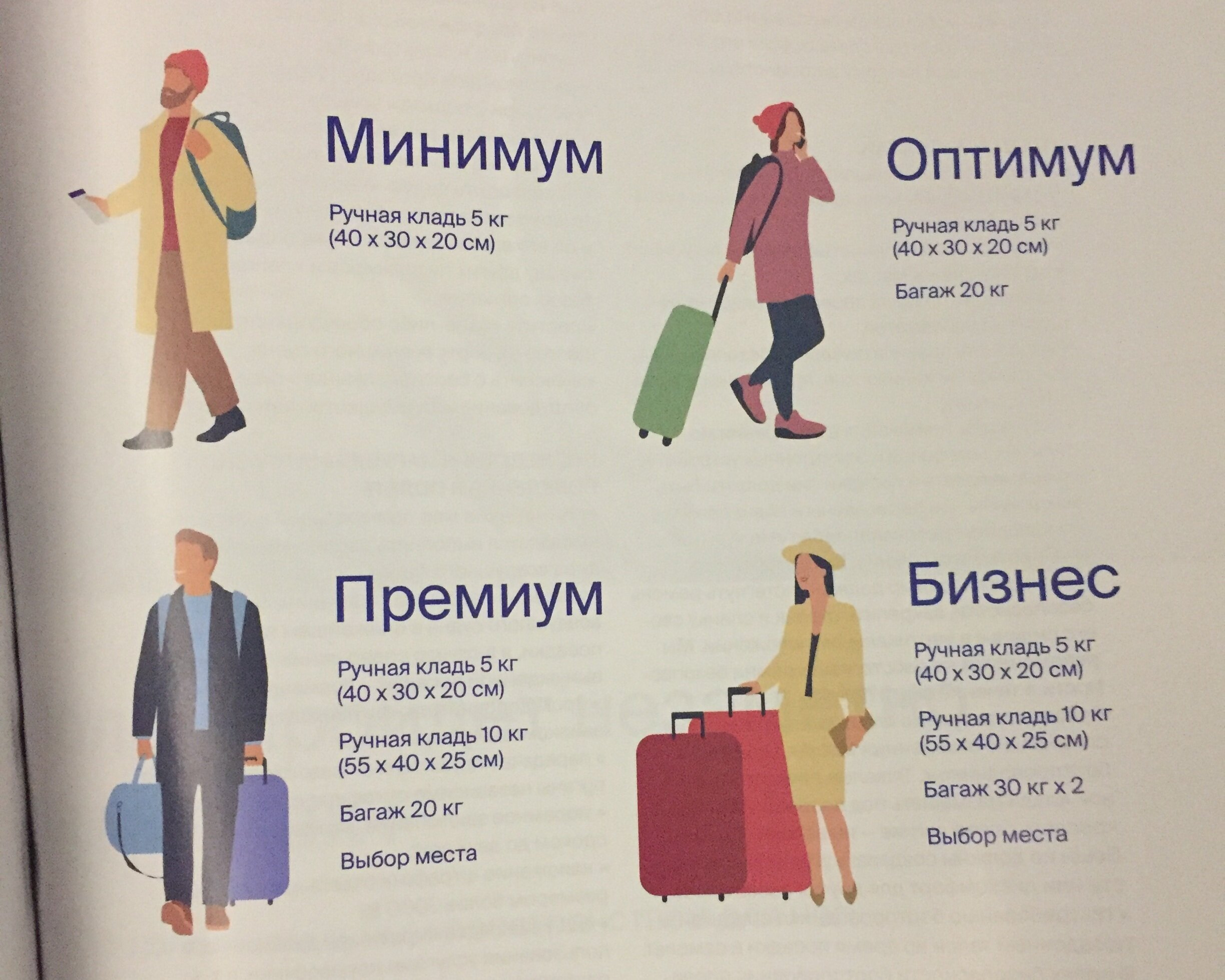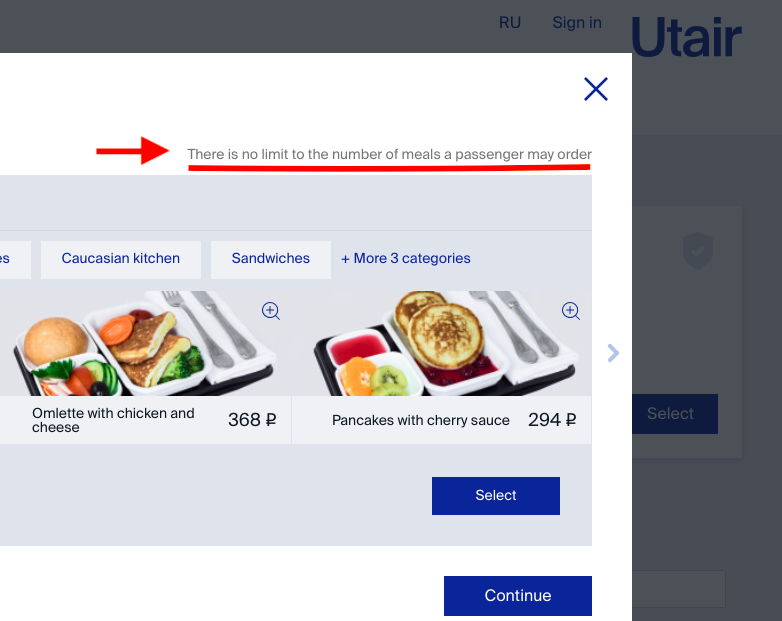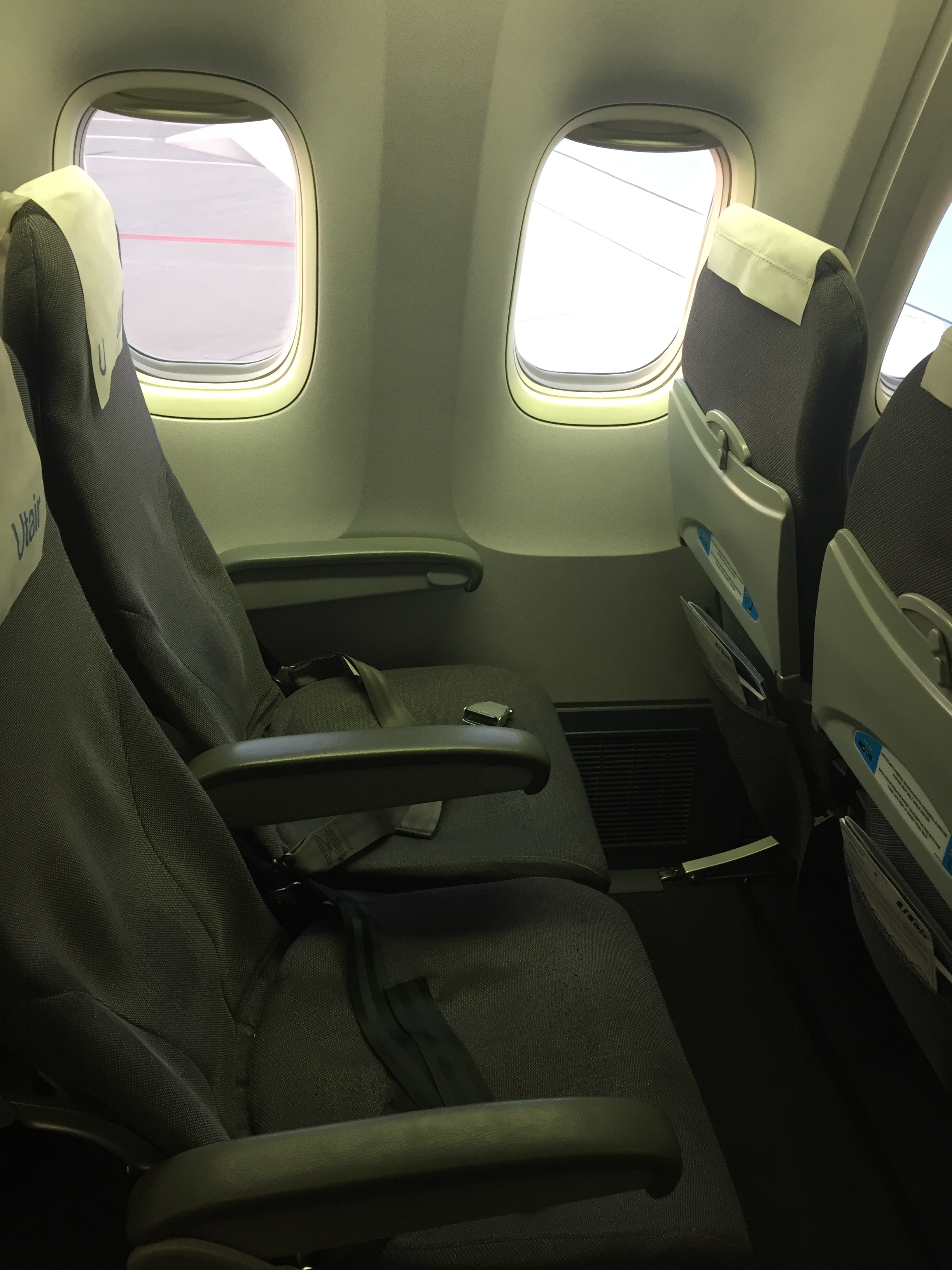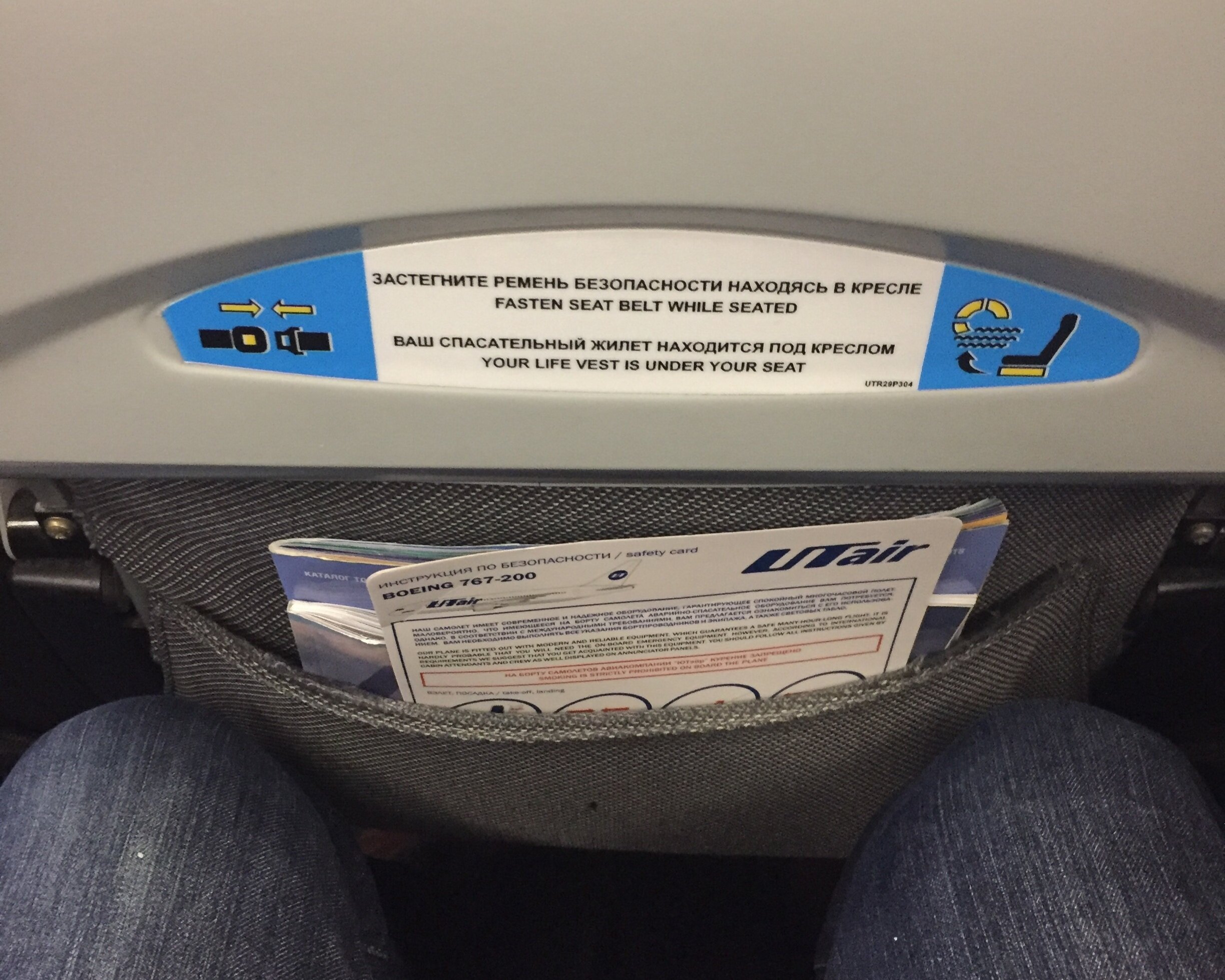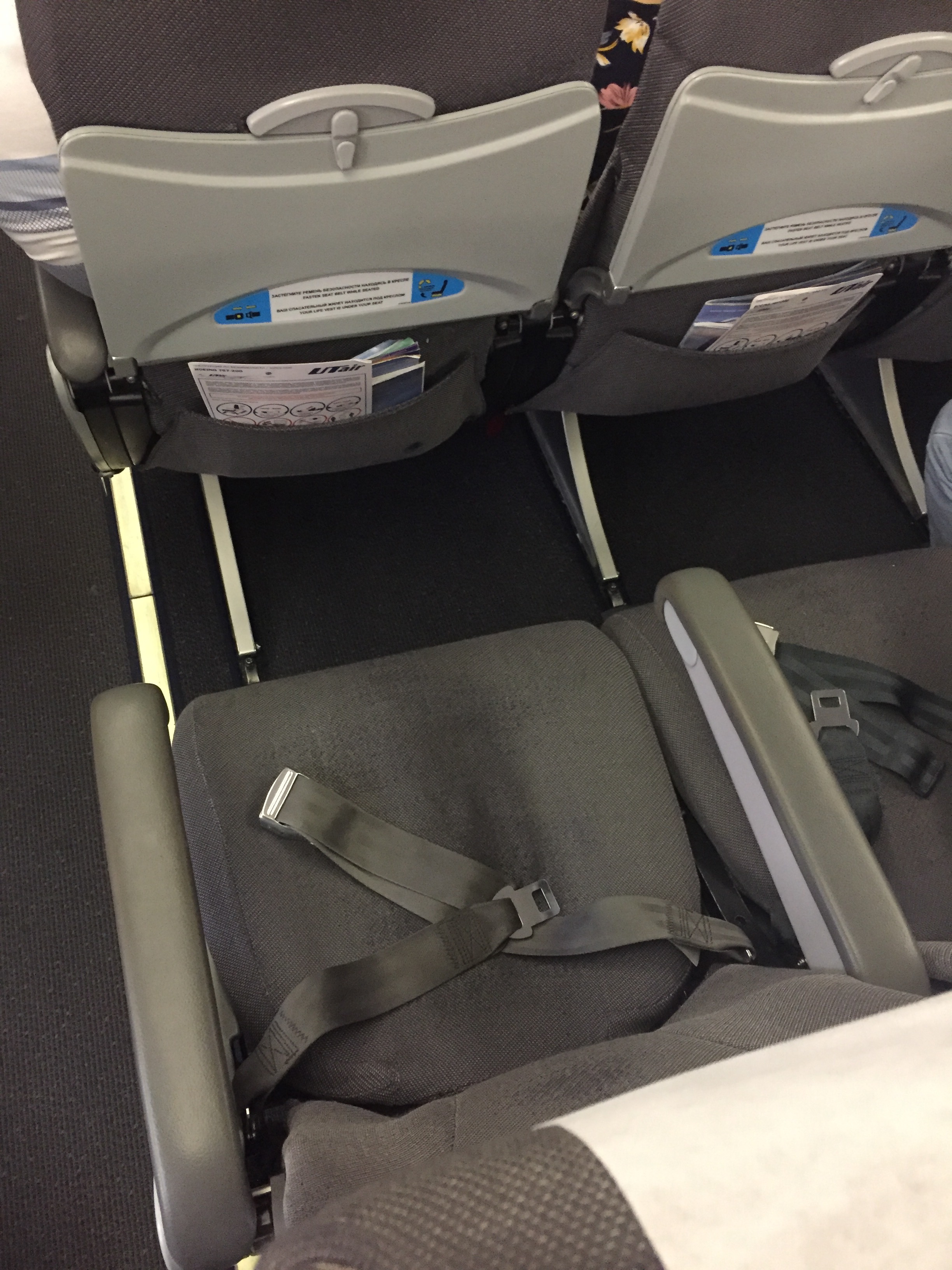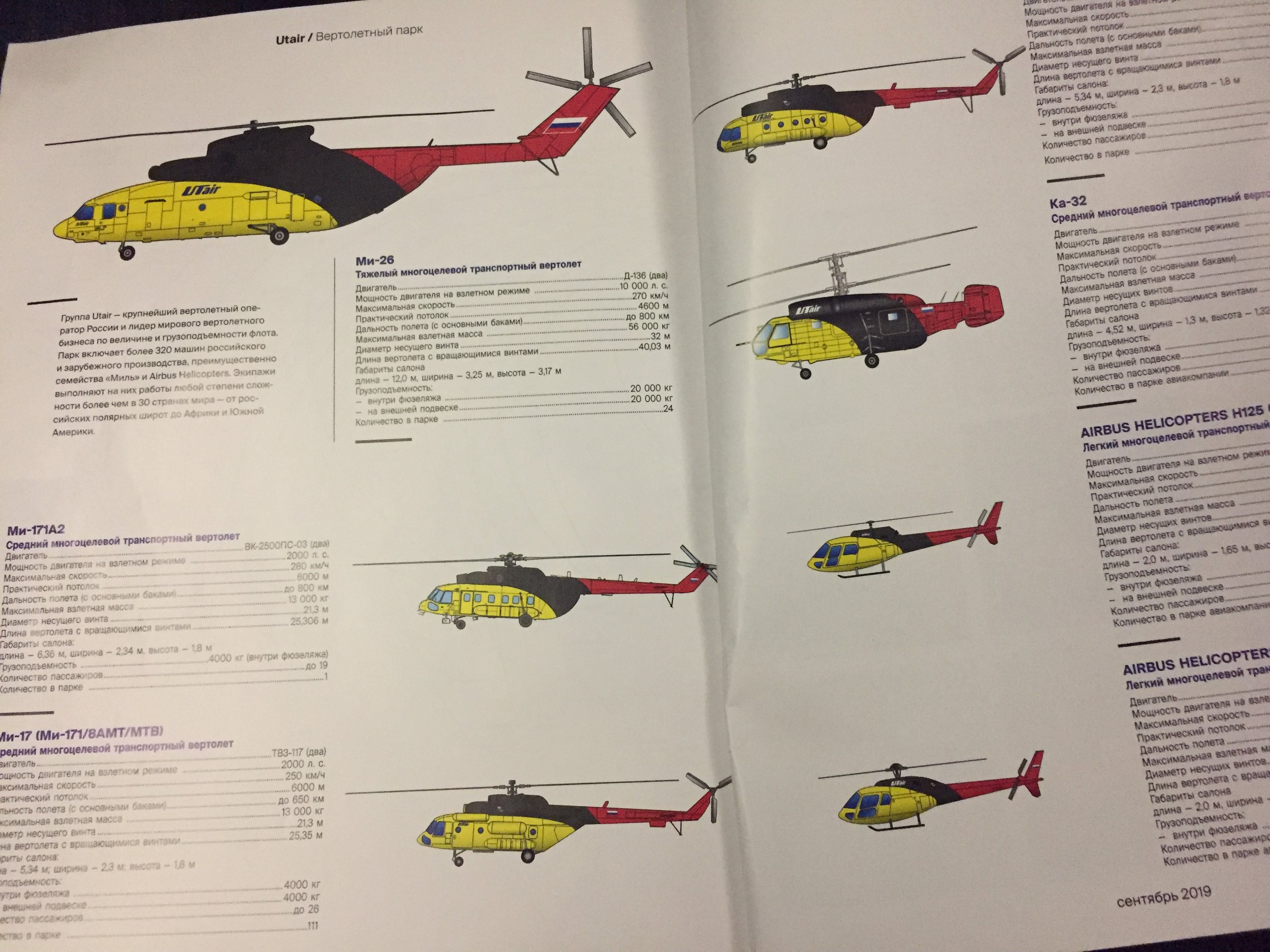Flight review: Utair Boeing 767-200 Economy Class
Flight #: UT801
From: Moscow Vnukovo (VKO)
To: Dushanbe (DYU)
Flight time: 4h approx.
Aircraft: Boeing 767-200
Class: Economy
First time ever on UTair, although we have covered some aspects of this airline earlier on this site, and on one of their largest planes, a good old Boeing 767-200.
Let’s just start with a bit of context: with a fleet of over 60 aircraft, UTair is one of Russia’s largest airlines, however, it is little known overseas, because most of its flights are within Russia. It is headquartered in the oil-rich region of Western Siberia, however its main hub is at Moscow Vnukovo airport.
Since 2014 Utair has been in financial turmoil, back then it had to divest from many of its expansion projects and return some of the newest aircraft of its fleet to lessors, this saved the airline, but the financial woes have not fuly abated at the time of writing these lines.
As a curiosity, Utair is also the largest civilian helicopter operator in the World (although this business is managed by a separate subsidiary).
The product
A few considerations before we get into the flight itself.
UTair operates its B767-200s with a single cabin, where it designates 3 rows (1, 16 and 17) as premium. As far as I could see it is not a proper business class, but just some extra space and then you get some extras such as baggage, that you can purchase online.
Picture: Utair
Here is where things got interesting. I was planning to travel only with hand-luggage, but at the moment of doing the check-in I realized that, as I had a standard economy class fare, I would have to pay for it, and it did not come cheap (the equivalent of €40!), however…I was entitled to a small handbag AND a piece of check in baggage up to 20kg!
So basically I ended up checking-in my bag, which I did not want to, but seemed the most sensible thing to do. I guess in terms of market segmentation it makes sense. Business travellers that want to avoid check-in their bags at all costs would pay extra, whereas leisure passengers or migrant workers (of which there are plenty in such flights to Tajikistan) would still want to carry stuff, but are not necessarily ready to pay for it.
There are, thus, 4 types of fares (below): minimum (that only allows you to carry a very small handbag), optimum (the one I had), that allows you carry a handbag and checkin one piece of luggage, Premium (that allows all the previous, plus the typical trolley and seat selection) and Business (all of this plus a larger baggage allowance, 2 pieces of 30kg each)
It is also a no-frills service (although a complimentary drink - water, juice or soft drink - is offered). You can order food in advance, however I later did not see people being served hot meals onboard, so I can’t comment on these.
As you can see below, if you feel really, really hungry before the flight, you can order as many meals as you want! )
UTair’s Boeing 767s have 249 seats onboard, on a 2-4-2 configuration. This was a full flight and I was allocated one of the seats in the middle (well, it’s just 4 hours!)
At first glance the cabin felt quite dense, however, the seat pitch was not too bad (not as good as Air Astana’s on the return trip, but bearable). There was a bit of recline, but not much. Seats were equipped with a lower-back ergonomic feature, though. By pressing a button on the armrest, allows you to increase the volume of the seat in the lower back to better fit your body.
The cabin interior didn’t look exactly like the latest of the latest and some of the cloth-covered seats looked a bit worn. However, Utair does not pretend it is offering you any luxuries either. This is a bus-like operation that takes you from A to B for a reasonable price.
I am not sure this applies to the whole of UTair fleet and routes, for example, the Boeing 737 fleet (-500 and -800) seem to have a proper business class and possibly they have more up to date interiors.
Utair’s 3 Boeing 767s are deployed on some very specific routes, to Central Asia and the Russian Far East, with a strong migrant and VFR traffic, so the product is likely more bare-bones in order to be able to offer more competitive pricing.
There is no IFE onboard, so make sure you bring yours (book, personal electronic device, etc.) and if it can be lit autonomously, like a Kindle, all the better, because, at least in the central rows, the overhead light did not work, so when the cabin lights were switched off, we were left pretty much in the dark (great if you want to sleep, but I still would like to have the choice!).
The inflight magazine is quite good, although its contents are only available in Russian.
A couple of features that caught my eye: a diagram of Utair’s very large helicopter fleet (above) and a section where some interesting aspects of an airline’s operation are explained in plain words. For example, below is a detailed explanation of what all the symbols on an airport runway mean and what is their function.
This was a night flight, so most people slept during at least part of it. There was one round of cabin service, distributing complimentary drinks and then another round to take orders.
The food menu onboard was rather basic and limited, basically snacks and some canned food. I did not order anything.
As this was an international flights, there was also duty free onboard.
Our take
Very very basic product overall, although the seat itself was ok when it comes to pitch and comfort. So, it may be ok if you are looking for a cheap ticket and are ready to spend 4h reading your own electronic book without much in the way of amenities (again, not sure this applies to the rest of Utair’s fleet, most particularly its more modern Boeing 737-800s!)


